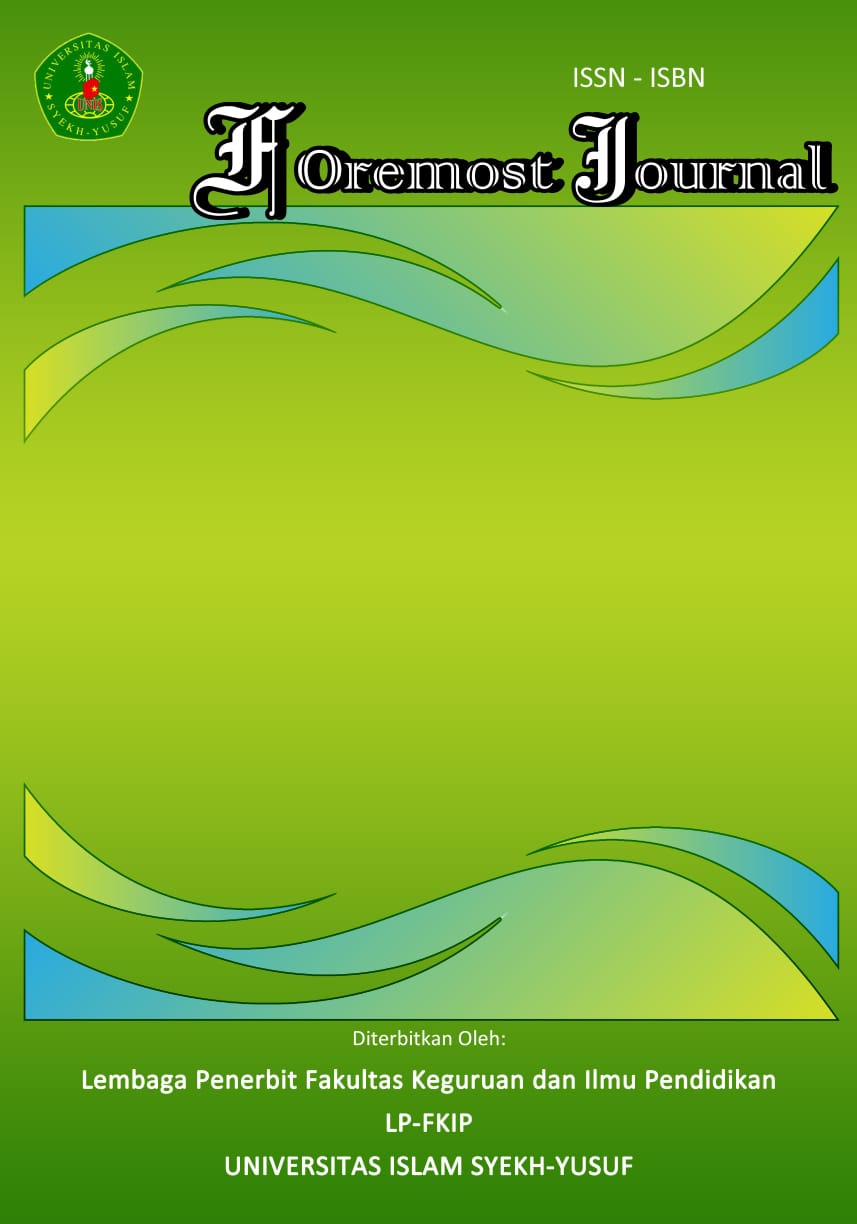The Preservations of Failures in Business in Ambrose Bierce’s The Failure of Hope and Wandel
DOI:
https://doi.org/10.33592/foremost.v5i2.4631Keywords:
Ambrose Bierce, Business, Failure, Patrick A. Gaughan, The Failure of Hope and WandelAbstract
This research investigates to reveal the obstacles faced by the main characters Jabez Hope and Pike Wandel in Ambrose Bierce’s flash fiction entitled The Failure of Hope and Wandel. Hope and Wandel run an ice business together and face several knowledge problems. Using qualitative method and explorative approach, this article analyzes how the excess of obstacles encountered at the beginning of the business process negatively affects the formation of qualified enterprises. This research is reviewed through Patrick A. Gaughan's theory of causes of business failure including experience, fraud, and disaster. Both Hope and Wandel never know that ice is abundant but will easily melt when the spring comes. In conclusion, this story is imaginative but real in the sense that any business could easily collapse if the owner forgets to pay attention to the core of the business materials.
Downloads
Published
How to Cite
Issue
Section
License
Copyright (c) 2024 Foremost Journal

This work is licensed under a Creative Commons Attribution-NonCommercial-ShareAlike 4.0 International License.
- Authors certify that the work reported here has not been published before and contains no materials the publication of which would violate any copyright or other personal or proprietary right of any person or entity.
- Authors transfer or license the copyright of publishing to Foremost Journal to publish the article in any media format, to share, to disseminate, to index, and to maximize the impact of the article in any databases.
- Authors hereby agree to transfer a copyright for publishing to Foremost Journal a Publisher of the manuscript.
- Authors reserve the following:
- all proprietary rights other than copyright such as patent rights;
- the right to use all or part of this article in future works of our own such as in books and lectures;
- use for presentation in a meeting or conference and distributing copies to attendees;
- use for internal training by author's company;
- distribution to colleagues for their research use;
- use in a subsequent compilation of the author's works;
- inclusion in a thesis or dissertation;
- reuse of portions or extracts from the article in other works (with full acknowledgement of final article);
- preparation of derivative works (other than commercial purposes) (with full acknowledgement of final article); and
- voluntary posting on open web sites operated by author or author’s institution for scholarly purposes, but it should follow the open access license of Creative Common CC BY-NC-SA License.



